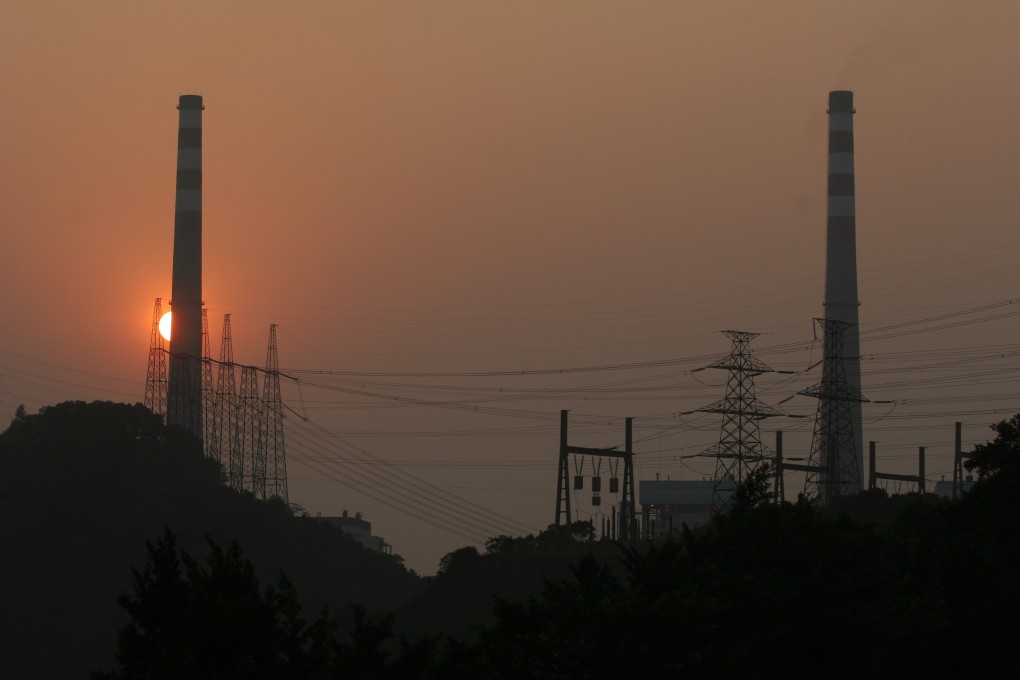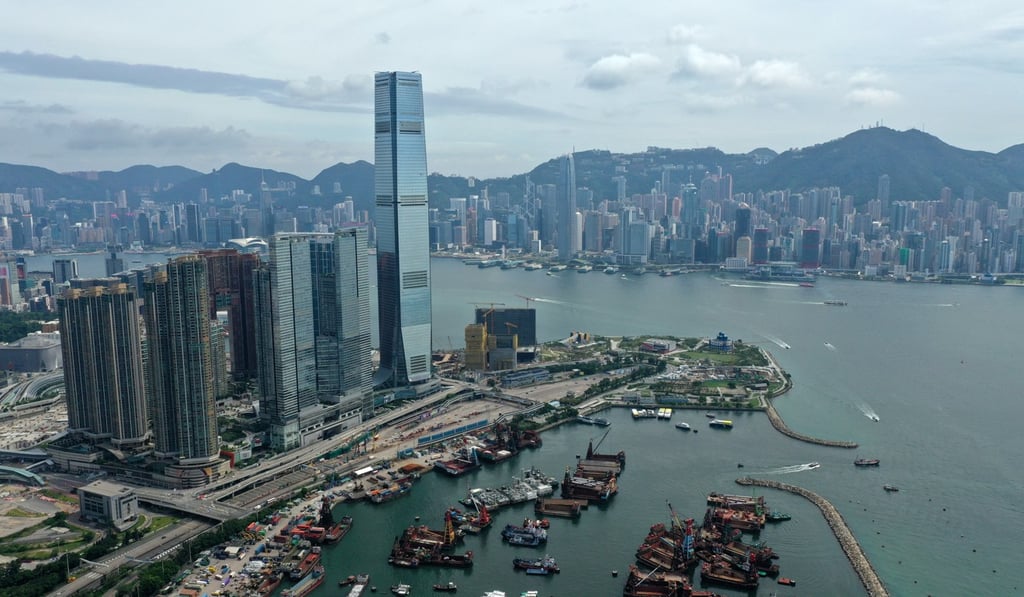Hong Kong, Guangdong and Macau include another air pollutant in regional monitoring network in bid to cut smog
- Volatile organic compounds will be covered by the Pearl River Delta Regional Air Quality Monitoring Network
- These compounds react with nitrogen oxides in the air, and in presence of sunlight, form ozone – a major component of photochemical smog

Hong Kong, Guangdong and Macau will include one more air pollutant in a regional monitoring network in a bid to cut smog levels.
Volatile organic compounds (VOCs) will be covered by the Pearl River Delta Regional Air Quality Monitoring Network, which collates data from 23 monitoring stations and is part of a joint effort by the three governments.
Before the inclusion of VOCs, the network monitored five other air pollutants: sulphur dioxide, nitrogen dioxide, carbon monoxide, respirable suspended particulates and fine suspended particulates.
“Hong Kong and Guangdong will include ambient VOCs in their routine monitoring to step up regional ozone control,” the Environment Bureau said in a statement released after a meeting of the Hong Kong-Guangdong Joint Working Group on Environmental Protection and Combating Climate Change in Guangzhou on Thursday.

Although preparations for the addition have started, the Environmental Protection Department did not give a timeline for when data on VOCs would be released under the network.
VOCs are emitted as gases from certain solids or liquids, such as paint, fuels and many cleaning products. They can cause eye, nose and throat irritation, headaches and even liver, kidney and central nervous system damage. The policy address this year said the department would restrict the content of these compounds in paint.